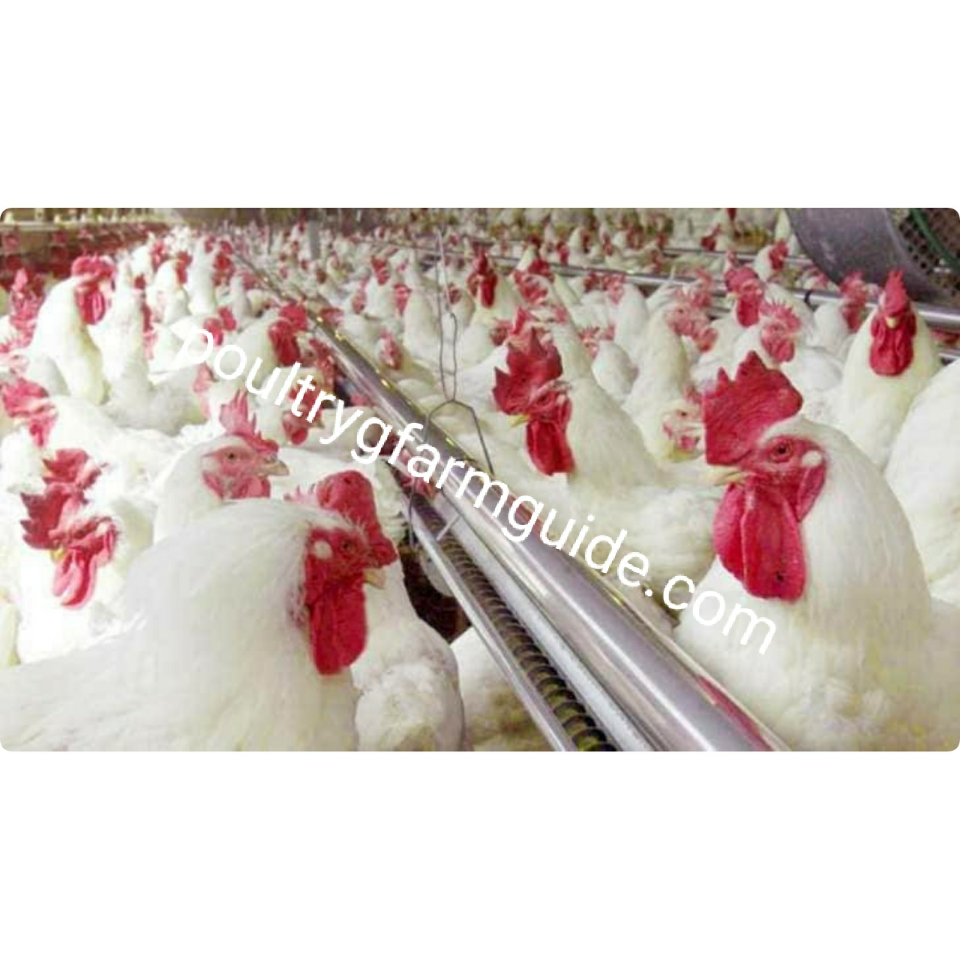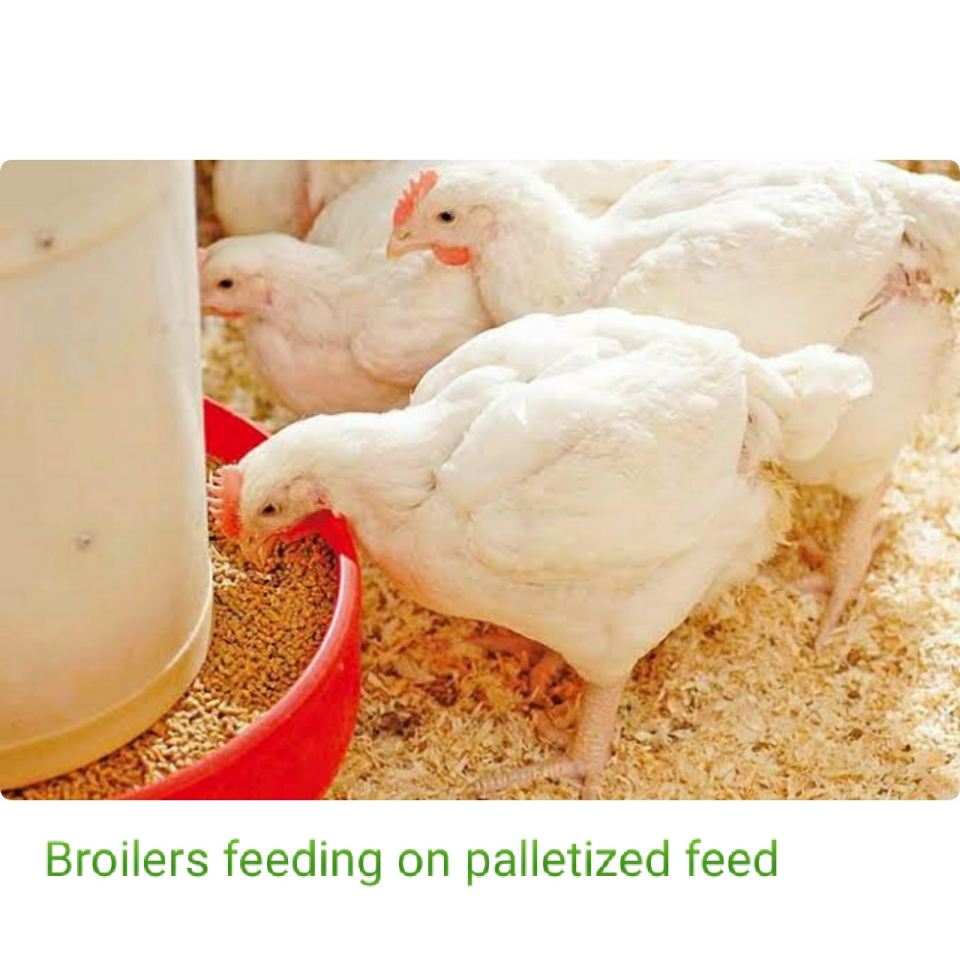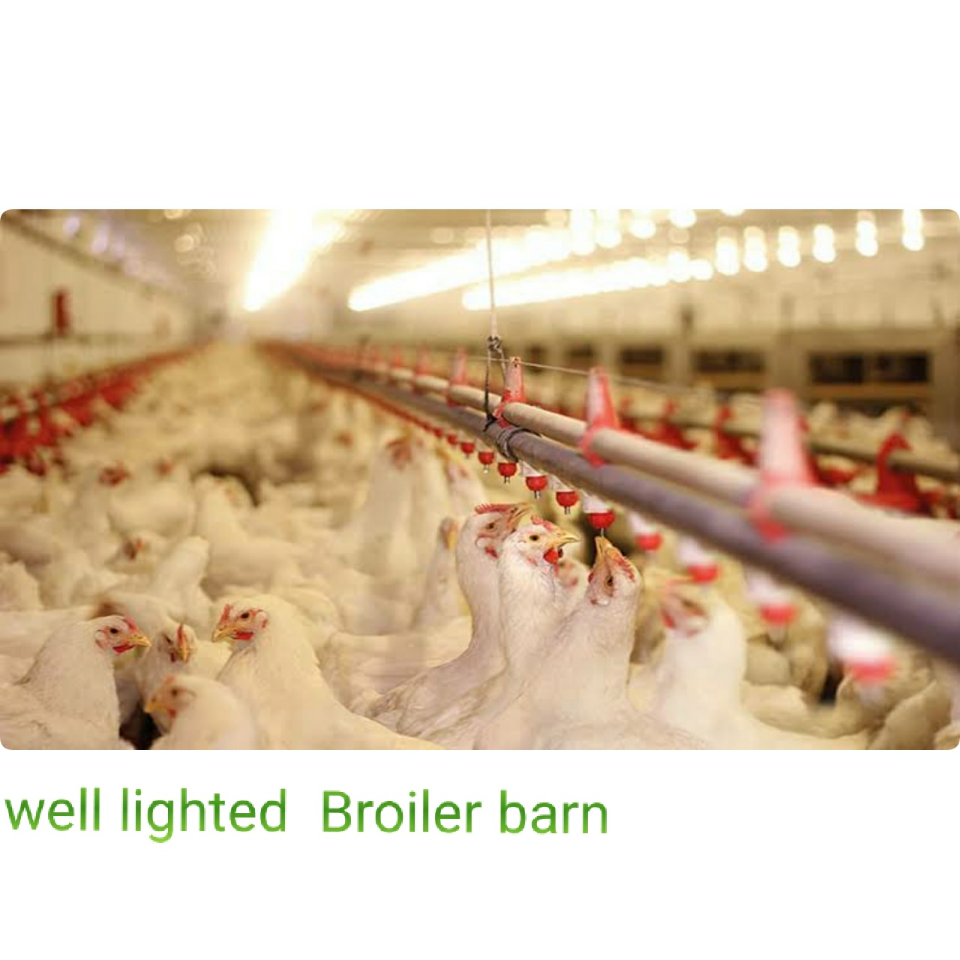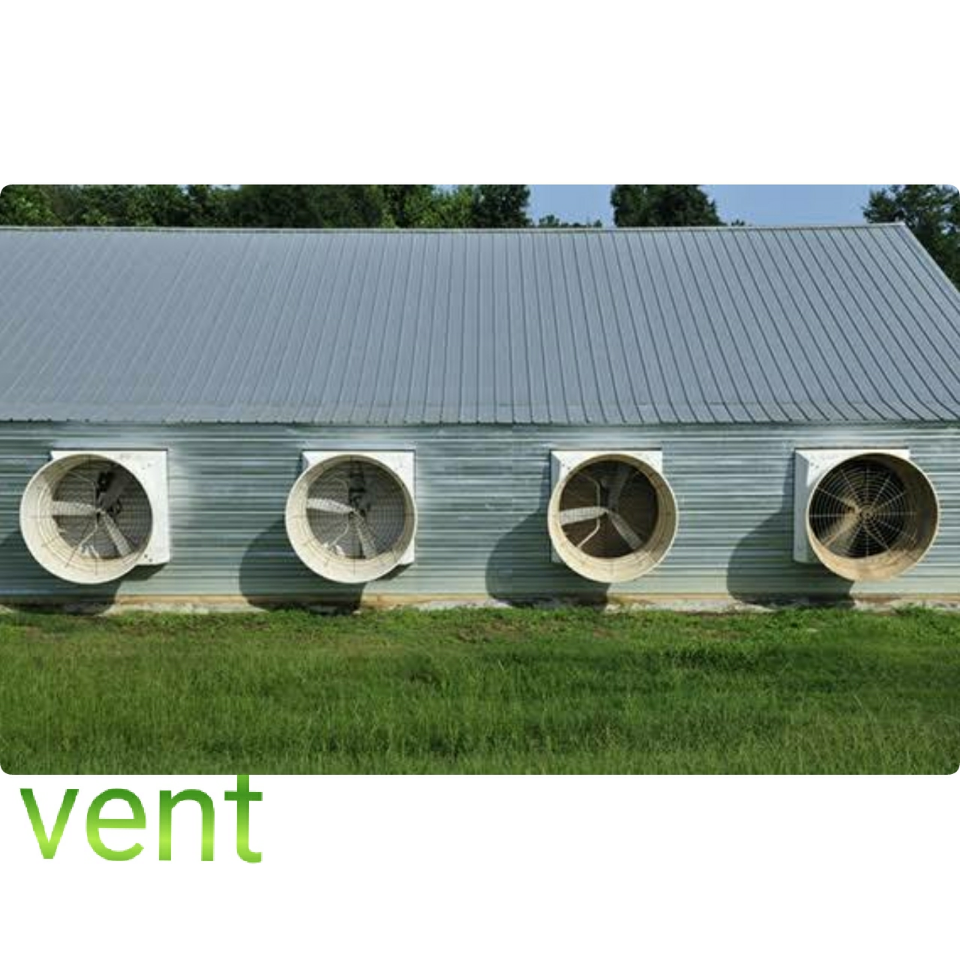How can I Improve My Broiler Performance ?
Improving broiler performance is ensuring that their genetic growth potential is achieved by providing optimal environmental conditions. Any deviation from optimal conditions can result in decreased performance.
Broiler chickens are fast-growing chicken breeds created for meat production, and the targeted weight or size can be achieved between 6 to 8 weeks of age. Thus, broiler producers are always seeking means of improving the performance of their broiler chickens, especially now the pressure to stop the usage of antibiotics is on the increase.

What are the conditions needed to improve broilers Performance?
The conditions needed to improve broiler performance include good feed, lighting, Litter quality, Airflow, Water, Space, and Sanitation (bio)security, which are collectively known as 'FLAWS'.
- Feed
- Light
- Airflow
- Water
- Space The acronym 'FLAWS' actually serves as a detailed approach to best management practices, not only during brooding but also throughout the flock's life. So, in this post, I am going to look at how each factor affects improving broiler performance
Also, read: How To Make Broiler Chicken Grow Faster
1. Feed Quality

How do we improve broiler feed efficiency for optimal performance?
Here are three tips to ensure broilers take the most out of the feed they are given on any farm.
Avoid hot spot in feed silos
Molds destroy valuable nutrients and produce mycotoxins. Moldy feed is not only unpalatable but also toxic as well. less frequently, feed is delivered into silos that are never cleaned. Adding a mycotoxin binder and a mold inhibitor is not enough. Silos must be inspected and cleaned thoroughly. Usual dosage rates recommended for mycotoxins in feed do not take into account this issue, which can be quite serious under unfavorable conditions. Again, avoid getting the waterer too close to the feeder to avoid feed spoilage.
Use feeders that don’t waste feed
It might seem obvious to buy feeders that reduce feed wastage, but low cost is always an alluring factor that quite often makes us buy something less efficient in the long run. Feeders should also be managed (cleaning, placement, distances, number of birds per feeder, etc.) so that feed consumption is neither an opportunity to beat boredom nor a hurried fight to eat.Keep birds healthy
Obviously, Sick birds do not grow, and if they do not grow, feed efficiency is never right. Sick birds don’t eat as much as healthy birds, and what they eat usually goes to fighting off the disease. In addition, they might even break down muscle proteins, which reduces their body weight, making feed efficiency unattainable. In contrast, healthy birds, especially those with a very healthy digestive system, will utilize nutrients in the feed at maximal efficiency.
Also, read 8 Beginner's guide in poultry farming in Nigeria you must follow If you want to be successful
2.Lights on and off

birds tend to be more active when they have a day-night cycle. They will actually grow better, which is really interesting and the total opposite of what was thought many years ago. In contrast, a lights-on, lights-off program (for example, 1 hour light, 1-hour darkness, and so on) allows birds to fully digest their feed while resting (which also improves feed efficiency as birds do not walk aimlessly all day) and gives them enough time to "refill" during light hours. The only problem with this system is that there should be enough feeding spaces for all birds to eat simultaneously, something that requires careful pre-placement feeder management.
Also read: Poultry vaccination and schedule for Layers and Broilers
3. Airflow/Ventilation

- You will not find respiratory problems.
- Increase the appetite of the bird.
- The disappearance of the smell of ammonia in the house and reduce the problems of the eye.
- In the end, the efficiency of the conversion rate rises and we get high weights
4.Water Quality/Quantity


- Conduct water tests. You should have your well water tested. Water quality can change during periods of heavy rain or drought, and additional water tests during these periods will ensure that water lines continue to deliver adequate water volume for both the birds and the cooling systems.
- Change filters regularly. Sediment and other particulates can cause leaky water nipples that can have negative effects on litter quality logged filters restrict water flow to the drinker and cooling systems.
- Flush water lines regularly. Perform a high-pressure flush on water lines between each flock and after adding supplements through the mediator (i.e., vaccine, medications, vitamins, electrolytes, etc.).
Also read: Cost For Rearing 100 Broilers In Nigeria with The Profit Amount
5.SPACE
The floor space needed for broilers changes depending on their body weight at the time of marketing, housing systems, marketing age, and ambient temperature. The feeder and waterer space also changes depending on the environmental temperature and health condition of the birds. The modern broiler house enables producers to have great control over the house environment. Birds can be placed at higher densities as long as the correct environment (temperature, ventilation, humidity) is provided. Factors to consider when determining stocking density include but are not limited to bird size, feeder space, drinker space, house dimensions, bird welfare, nutrition, breed, performance, and economic return. The following is the approximate floor, feeder, and waterer space requirement for broilers. AgeFloor space/birdFeeder space/birdWaterer space/bird Up to 18 days 450cm2 (0.5sq.ft.) 3cm 1.5cm From 19 days to 42 days 1000cm2 (1.1 sq.ft.) 6.7cm 3cm
6. Sanitation/Biosecurity
We as poultry farmers always have perfect and comprehensive biosecurity measures on paper but the problem is most of the time we don't implement them correctly. Over the past decades, there has been tremendous growth in the global poultry industry. some regions have reported a drastic increase in the incidence of infectious disease outbreaks during this period of rapid expansion. Despite the difficult challenges that the industry has been facing, poultry products ( meat and eggs) still represent a major part of animal protein consumed by humans at the global level. As a poultry farmer, maintaining the excellent health of your flock should be your priority, because a healthy flock is usually a profitable flock. Despite all progress in the prevention and control of infectious diseases, it is still difficult to keep a commercial poultry facility disease-free . Diseases are generally responsible for mortality and reduced growth rate and egg production in a poultry flock Things you should do to ensure you keep your birds safe from diseases
- limit the number of times you and your visitors frequent your pen
- place footbath filled with disinfectants at every entrance
- make sure farm visitors change into farm's clothes and boots
- clear every stagnant water to prevent mosquito breeding
- birds from the market should be kept for about 14 days before mixing them with the flock
- patch and close up all rodents runways or burrowing paths leading to your pen
- Practice all-in, all-out production In conclusion, improving your broiler performance goes beyond quality feed and birds. Providing enabling environmental conditions is a key to profitable farming. I know it is not easy to put all these into practice but the result will surely pay off.
Sharing is Caring!
Please comment and share.